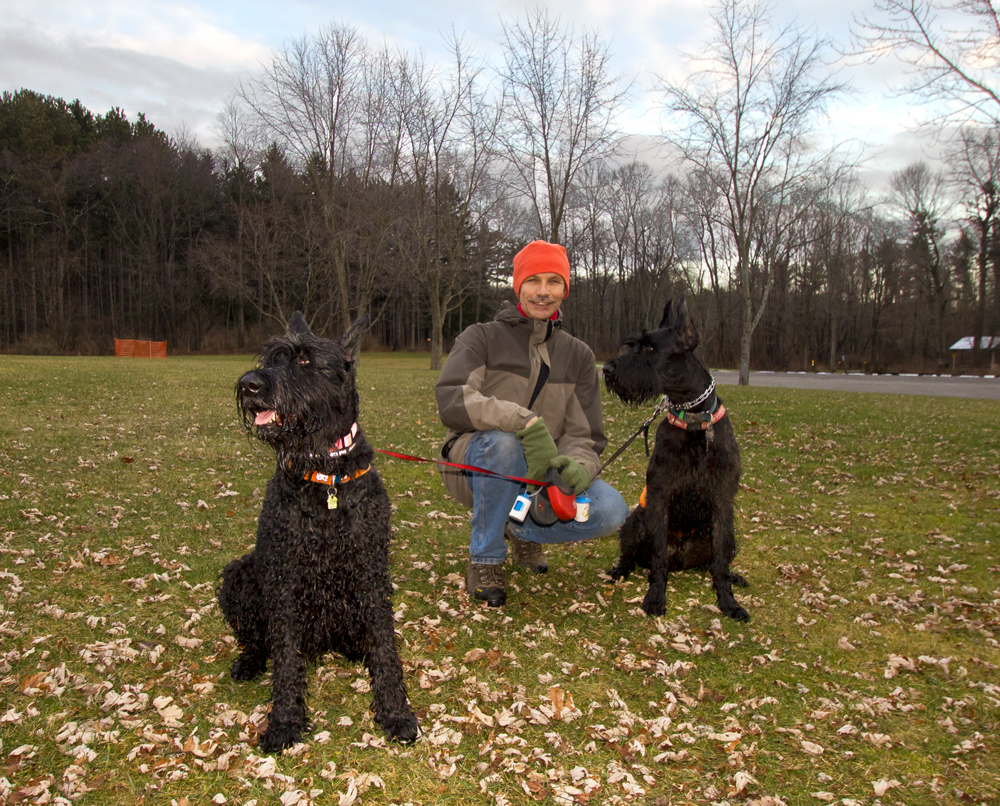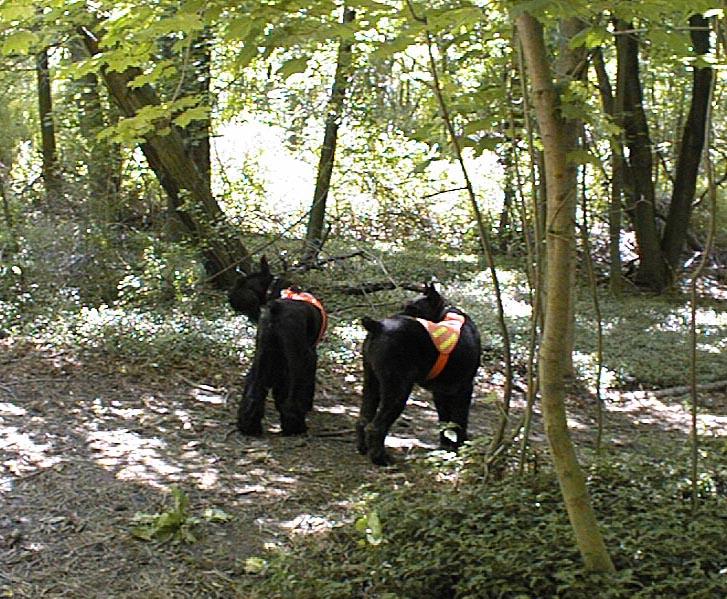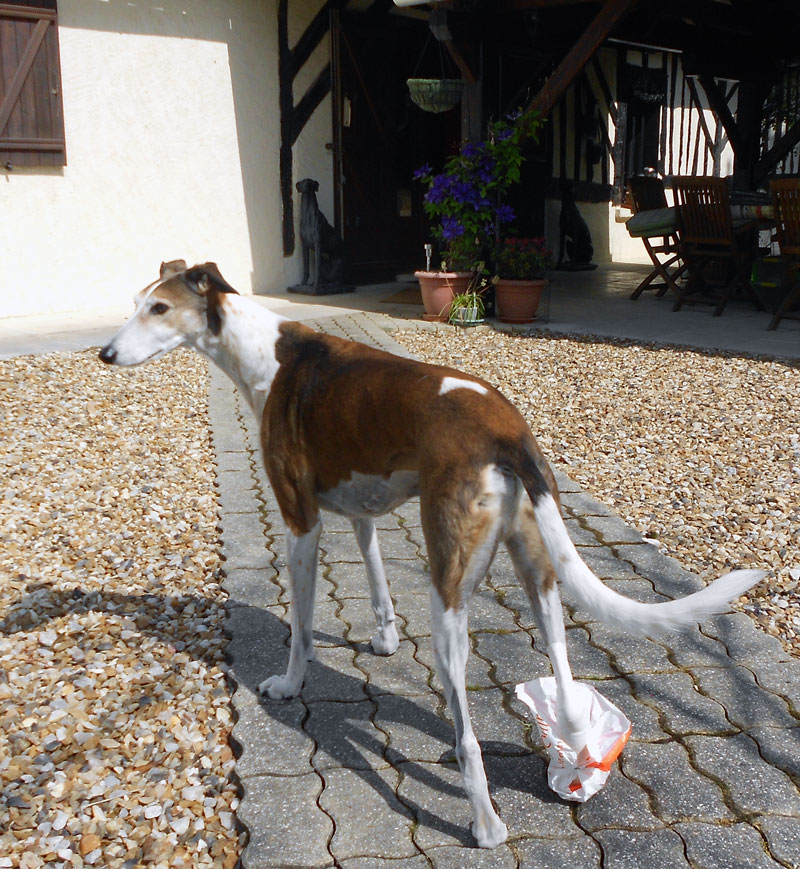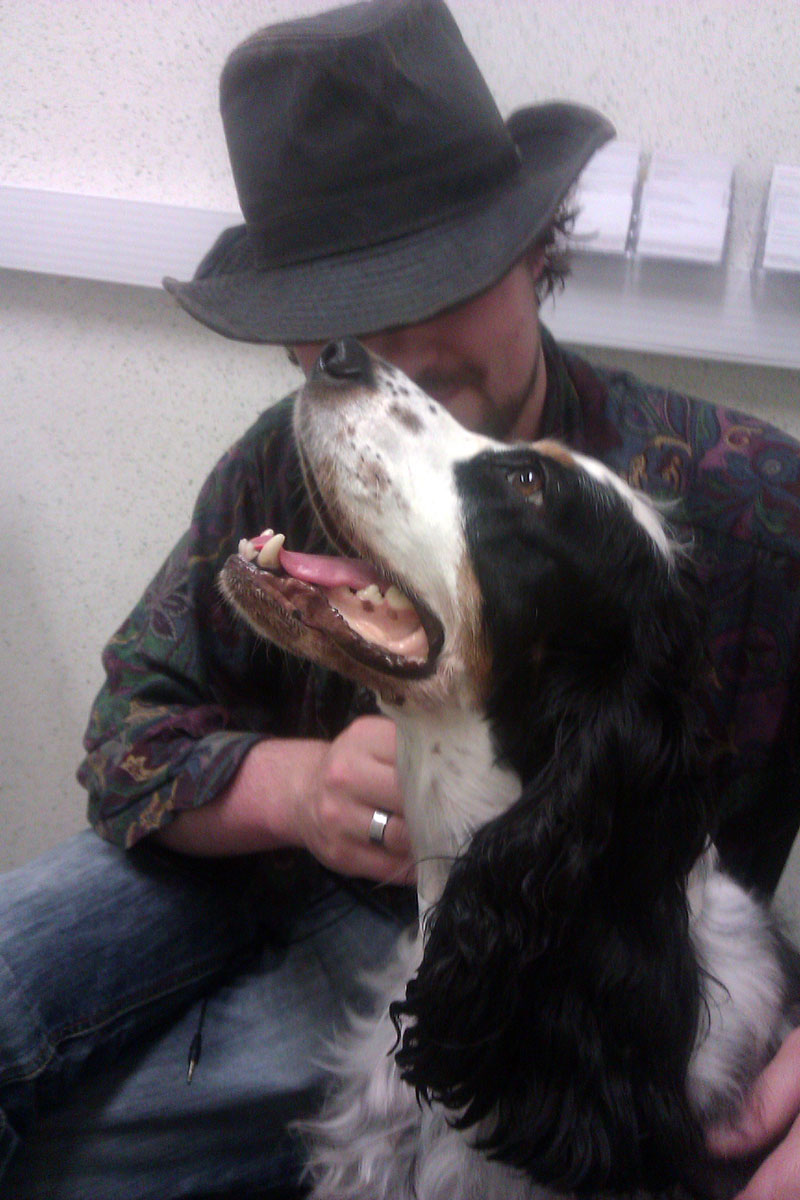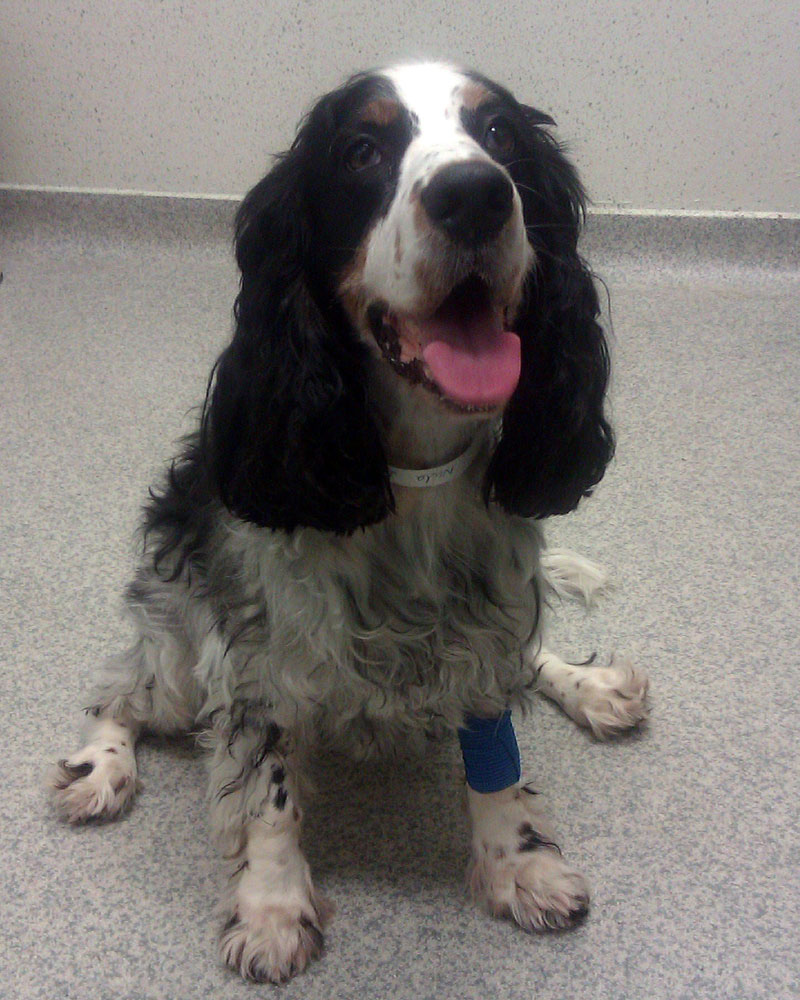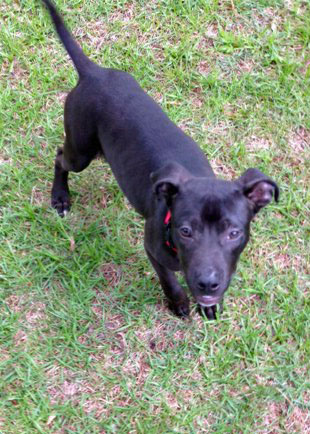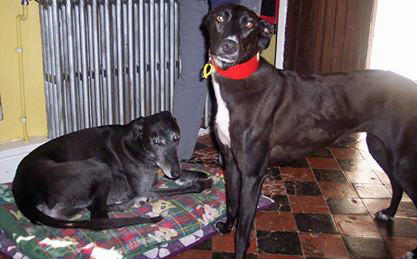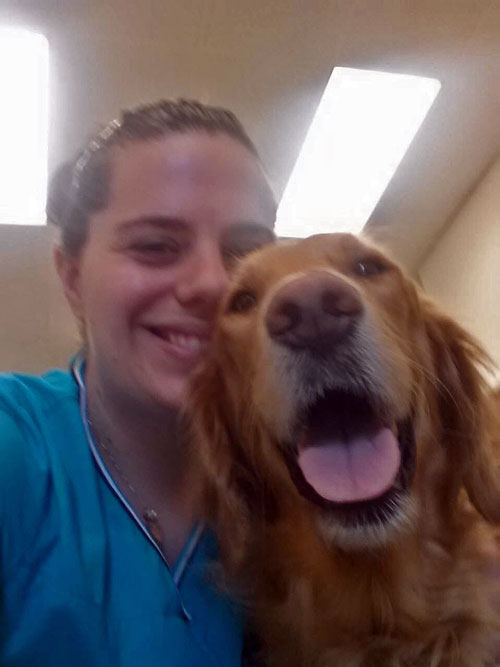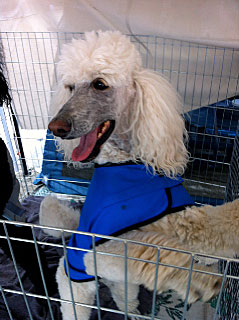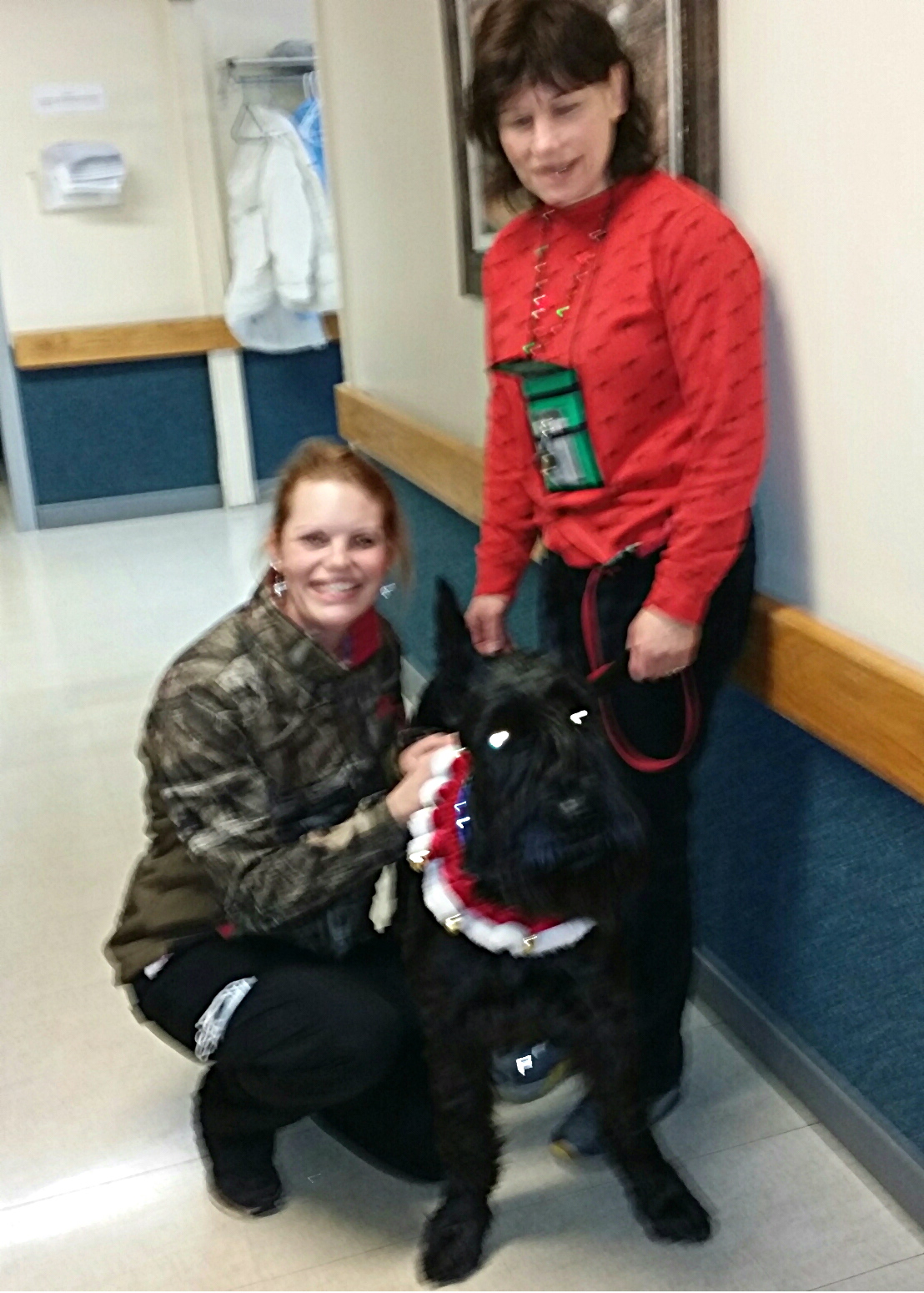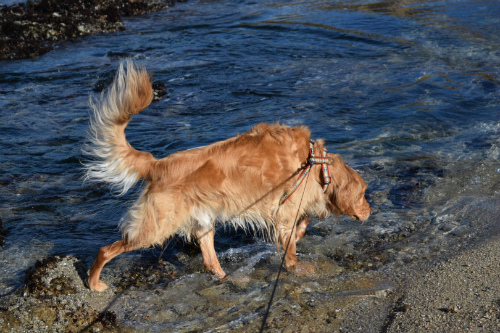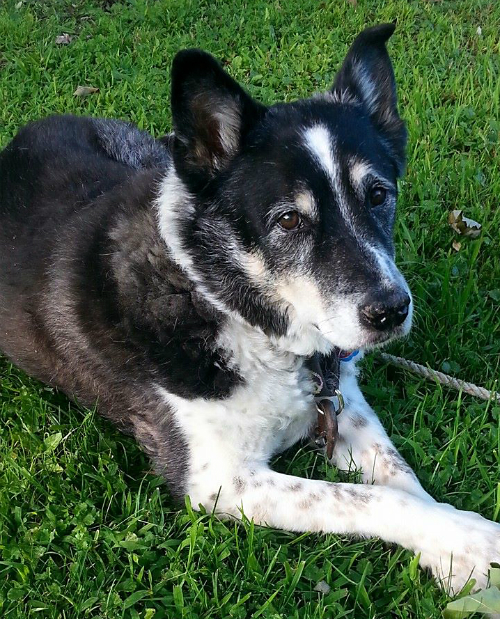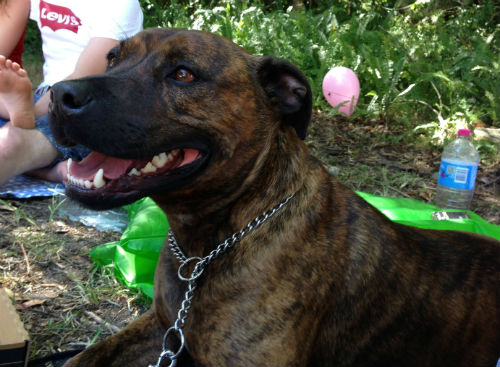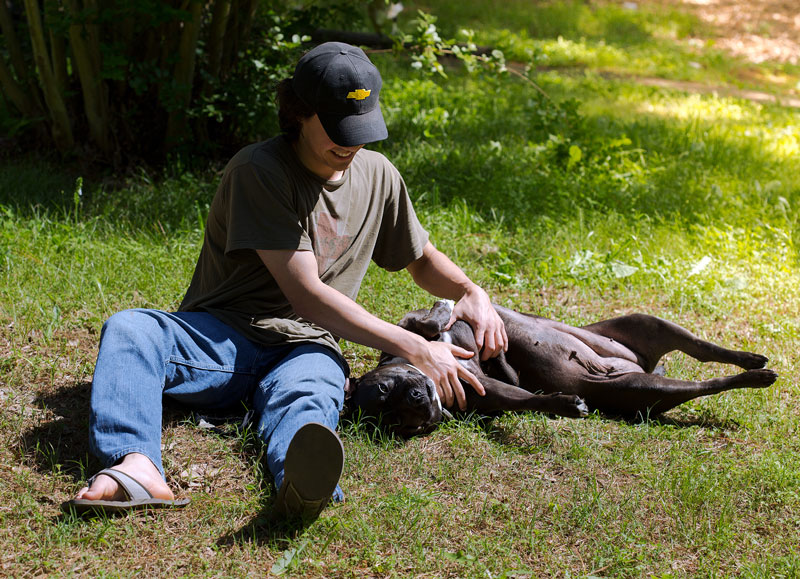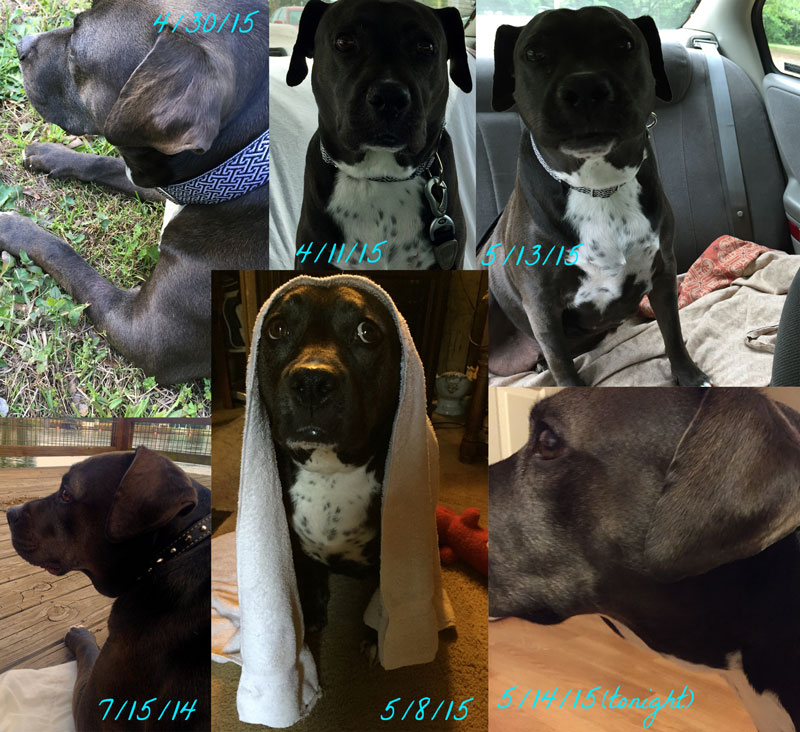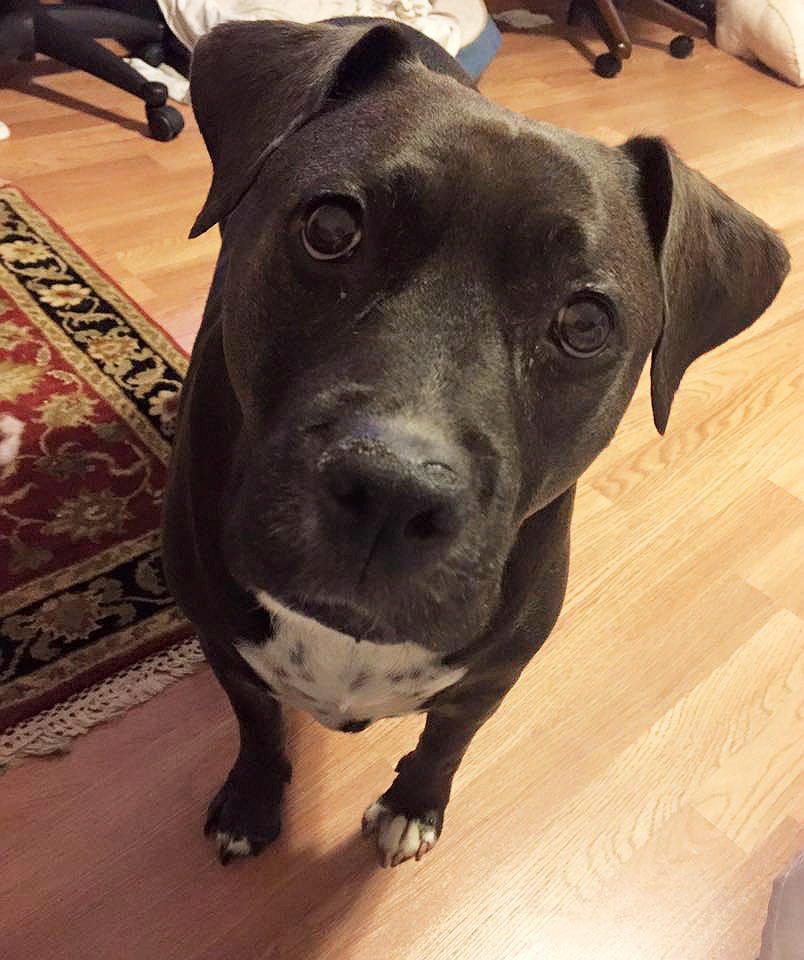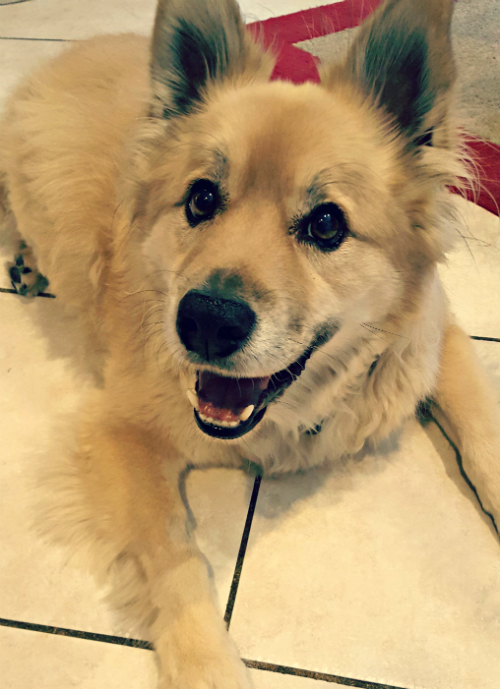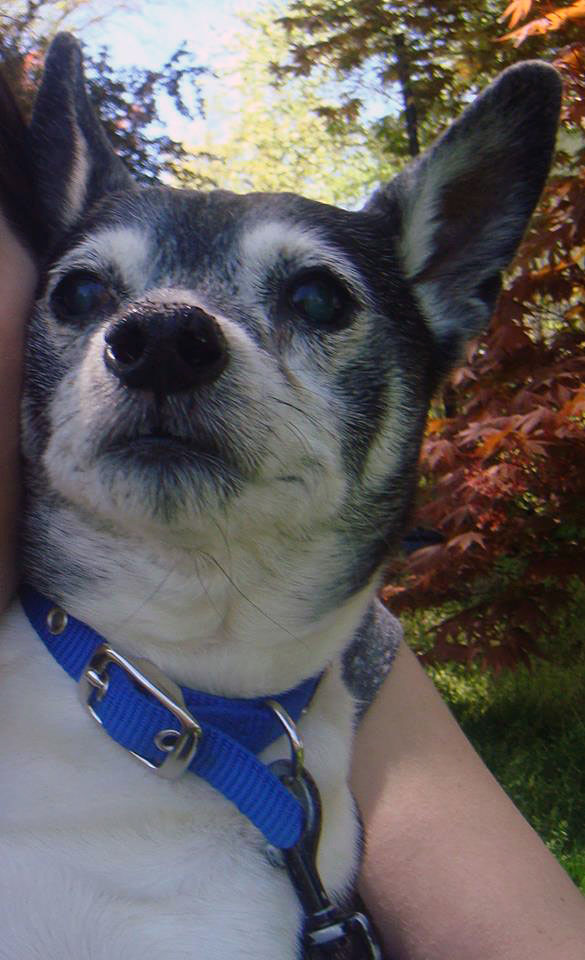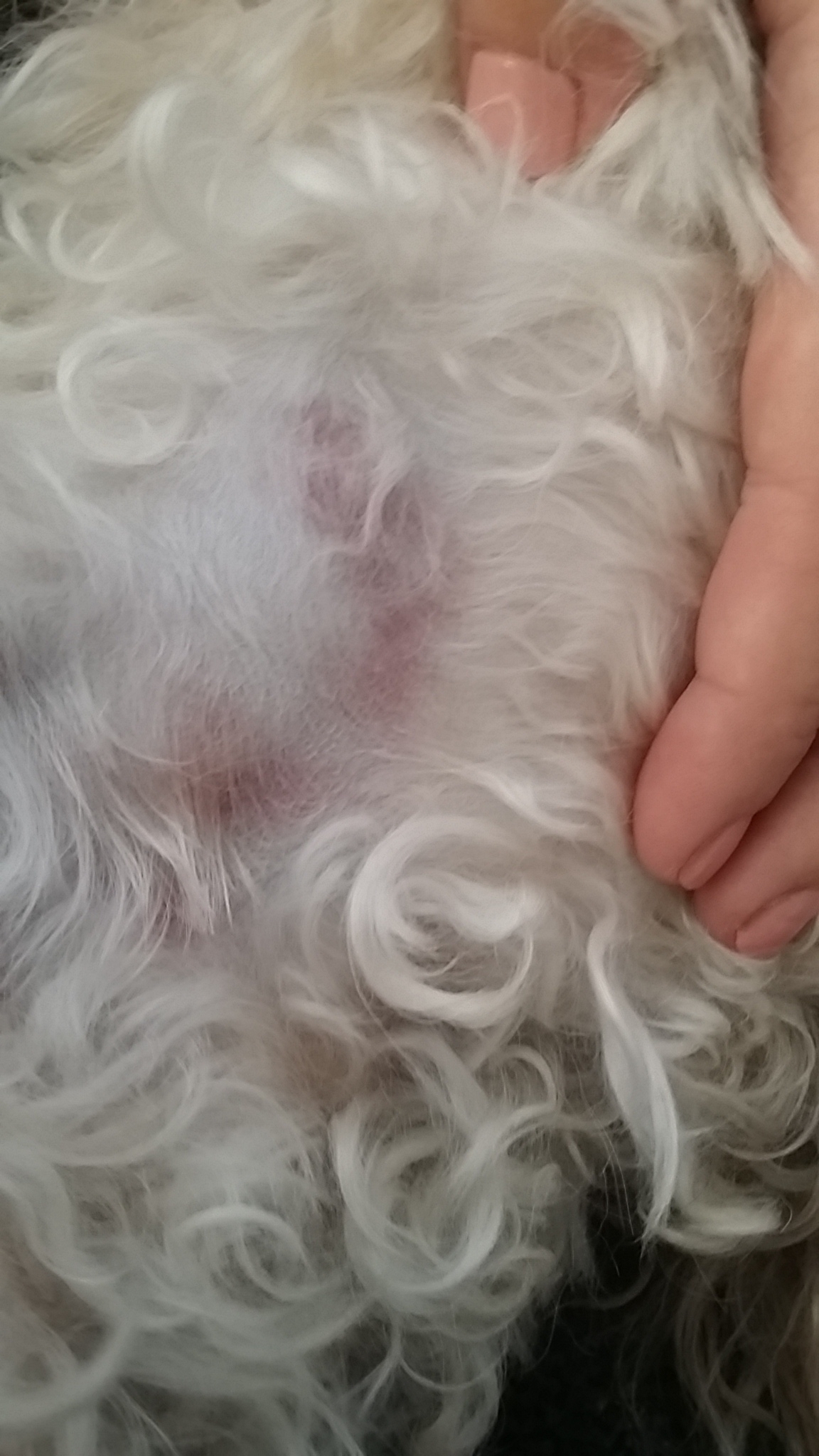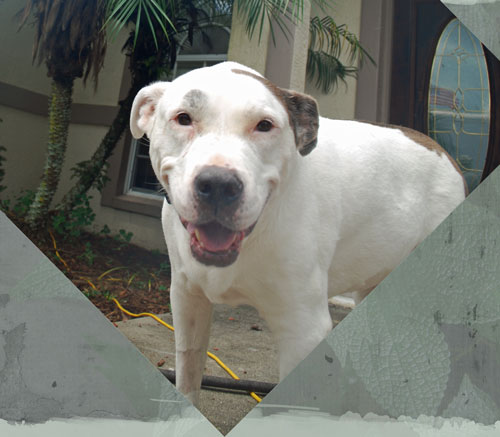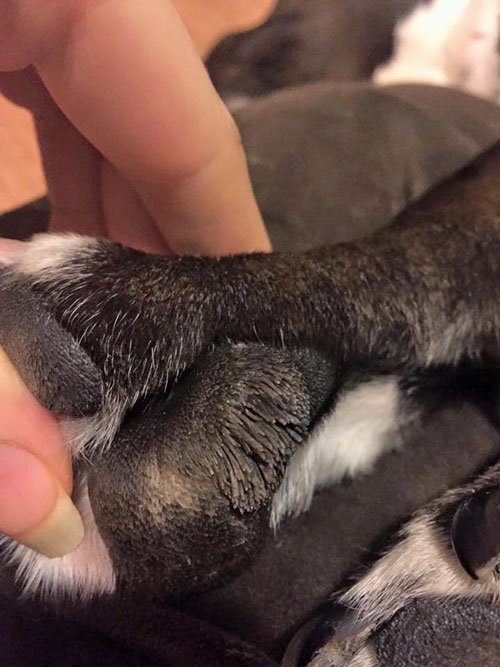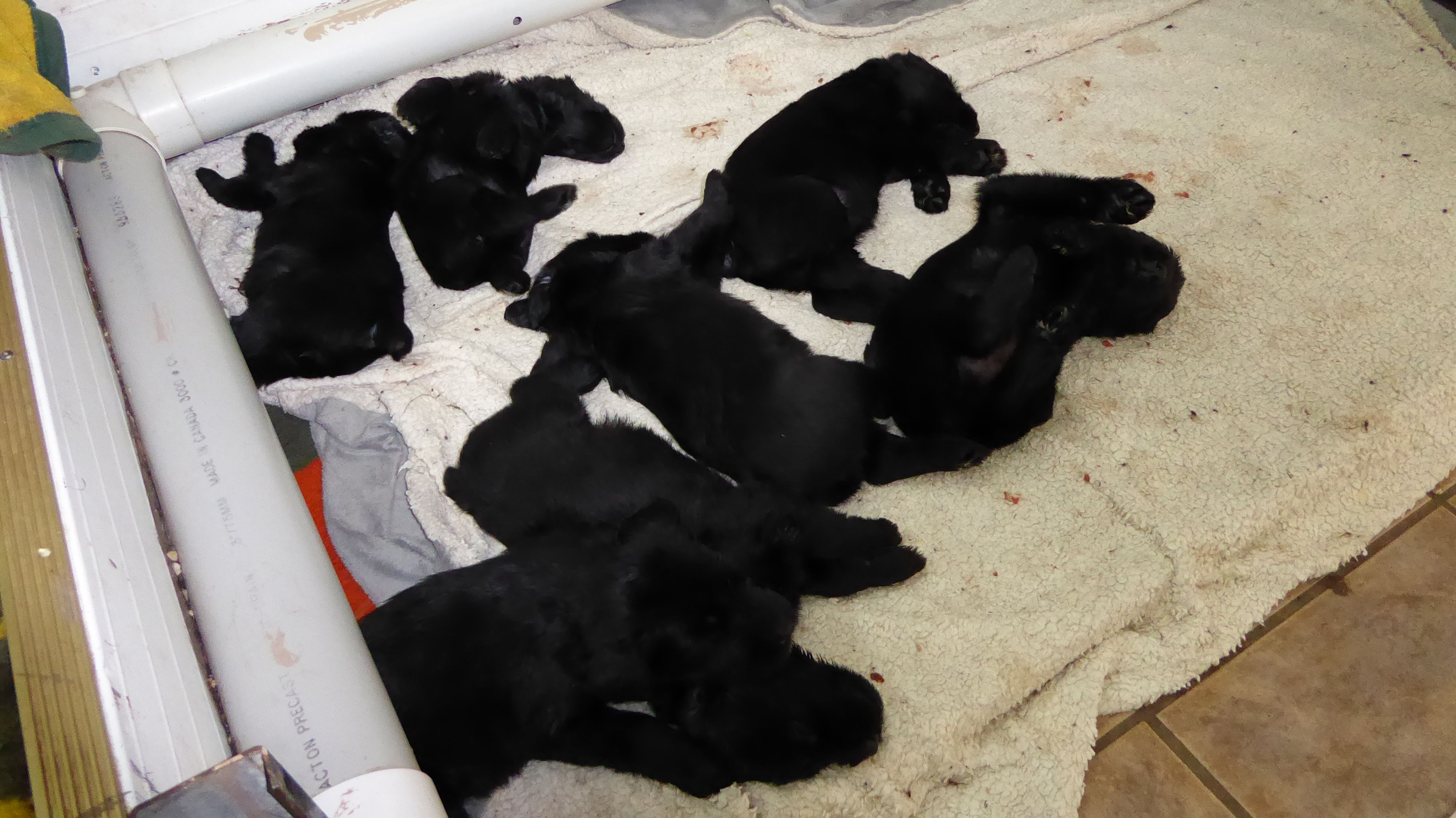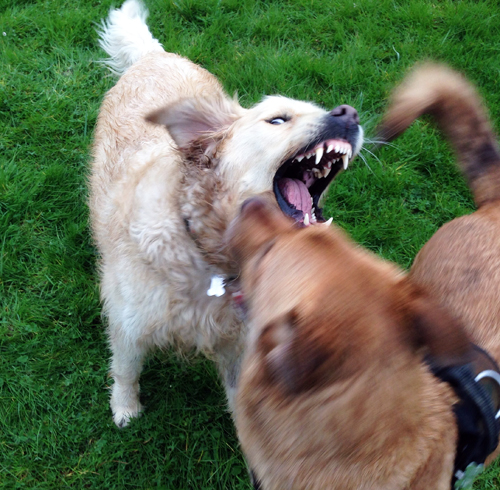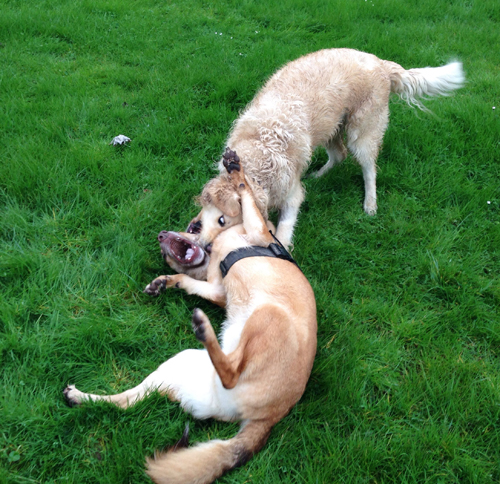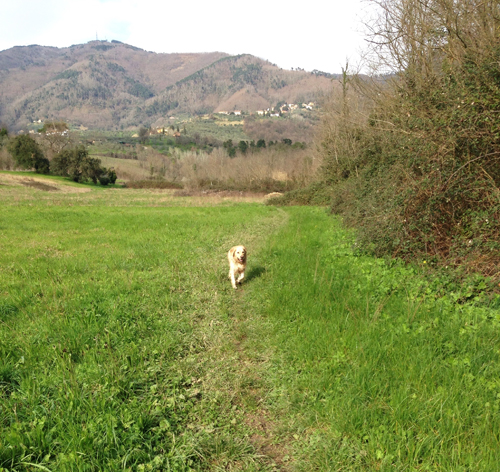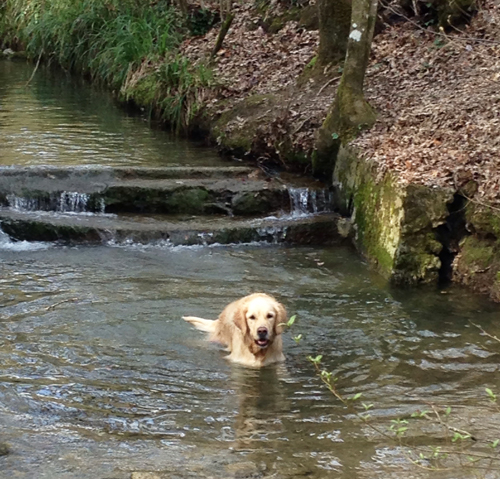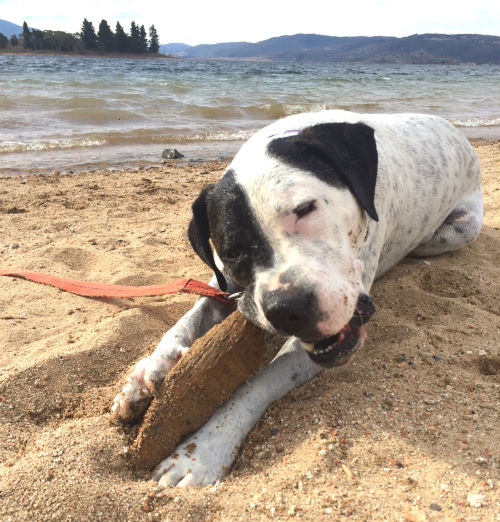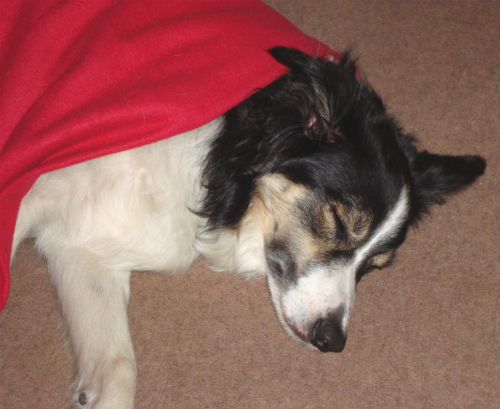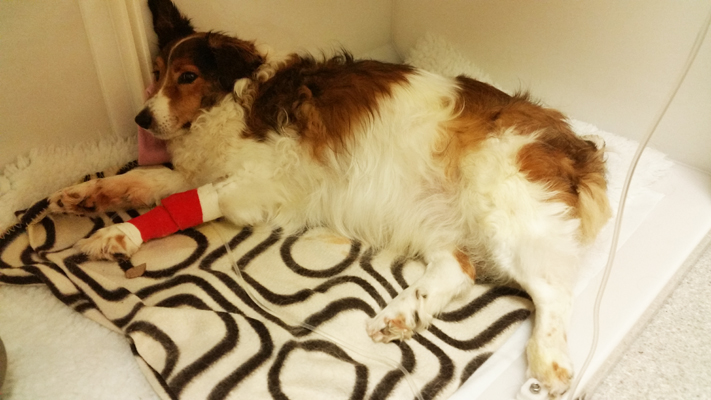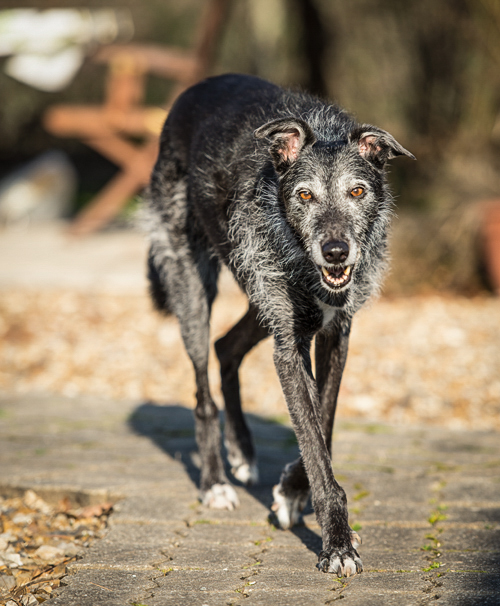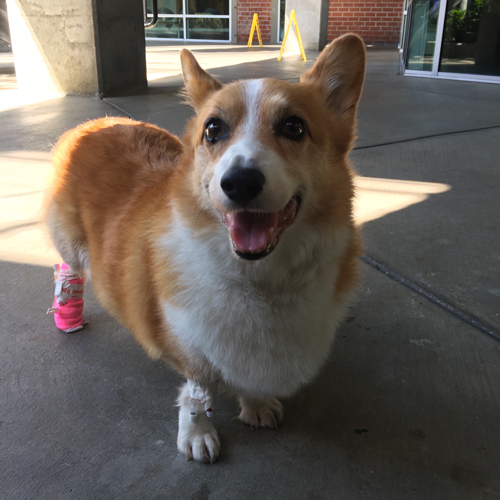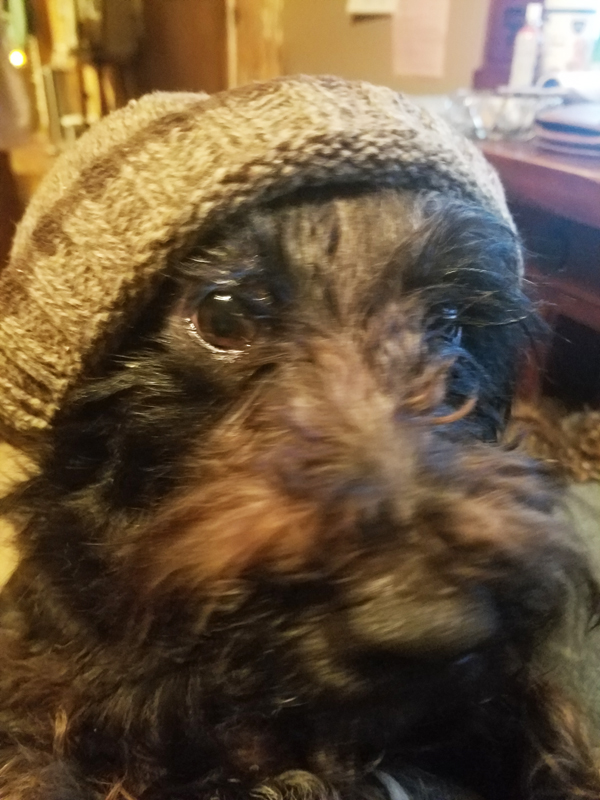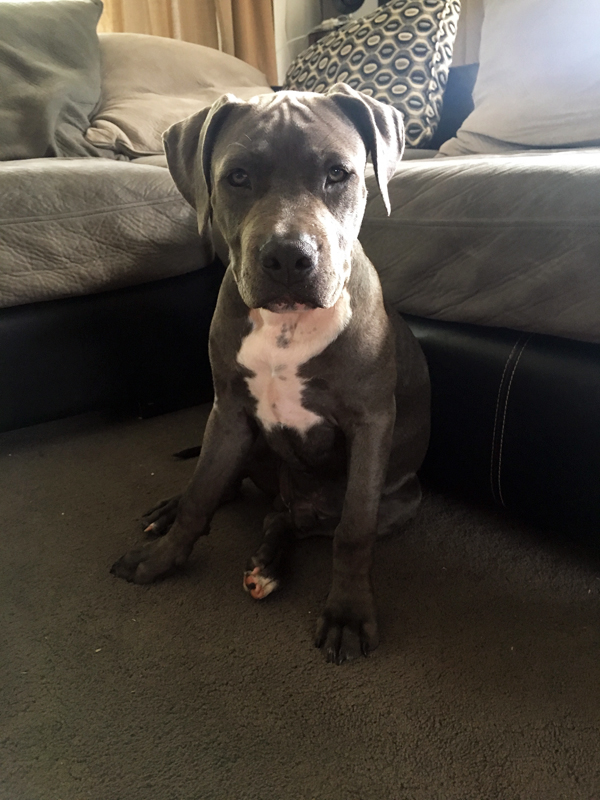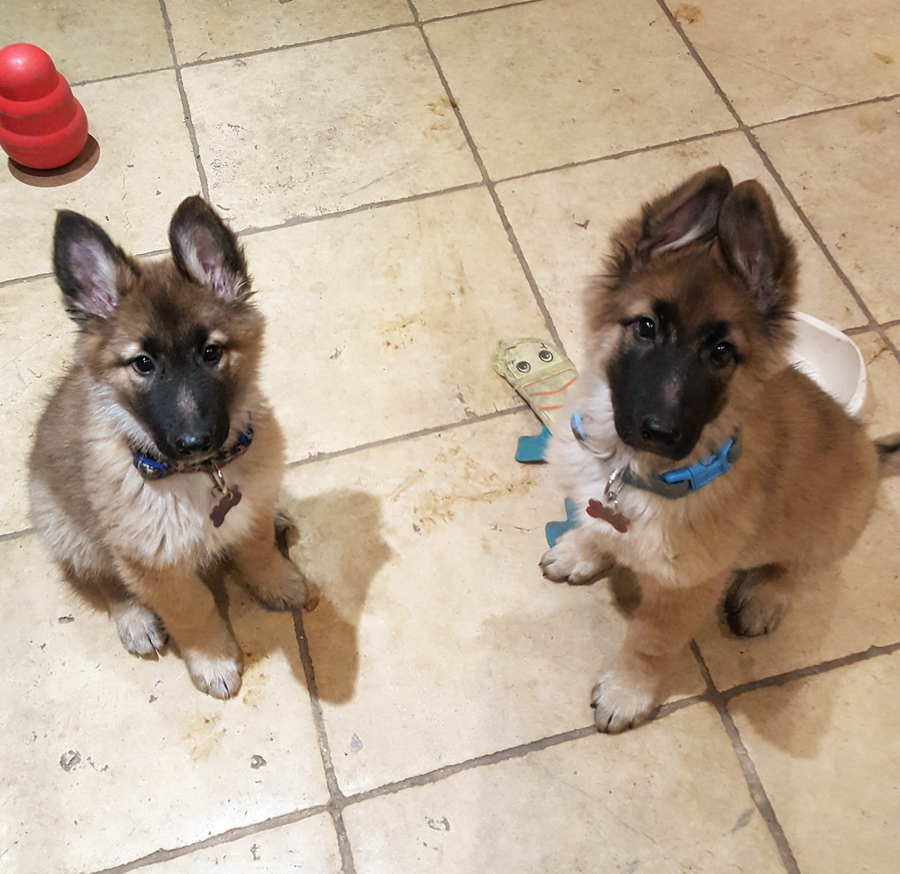- Second Chance AIHA ›
- Forums ›
- AIHA Dog ›
- Border Collie 4 years AIHA (secondary, maybe)
Alberto,
Sorry for the delay in getting back to you.
Needless to say that this is a complicated diagnosis and treatment, it’s not straightforward because there is a diagnosis of babesiosis. As I pointed out before, the spleen is the active defender against this tick disease. The vet can assist it, and has done a good job at doing that, but when it comes down to the future prognosis Skye’s spleen will continue to protect him from babesiosis. Most veterinary literature notes that stress can tip the balance and the babesiosis will take advantage of that.
Babesia parasitizes the red blood cells of dogs. It would be helpful to know the exact genus of the babesiosis because there are many and they are different from one location to another. Canine Babesia are classified into large and small forms, with worldwide distribution. “Improved PCR techniques allow for better definition of these parasites.”
“B. canis (plus an unnamed, large Babesia sp.) in the USA (large Babesia). Three subspecies of B. canis exist: B. canis vogeli, B. canis canis and B. canis rossi. These three subspecies are genetically distinct, transmitted by different vectors and differ widely in pathogenicity and geographic distribution. B. gibsoni and B. annae (small Babesia) have been documented to infect dogs.”
“Babesia canis vogeli is the least pathogenic and occurs in France, Australia, Japan, Brazil, South Africa and the USA and usually causes mild disease in adult dogs, but severe disease in some puppies.”
“Babesia canis canis is widespread in Europe (and affects more than 400,000 dogs per year in France alone) and Asia and is of intermediate pathogenicity.”
“Babesia canis rossi occurs predominantly in southern Africa and is ostensibly the most virulent of the subspecies.”
“The smaller parasite, B. gibsoni, occurs principally in the Middle East, southern Asia, Japan, North Africa, South America and is an emerging infectious disease in the USA, as well as having been detected lately in Italy and Australia. Babesia annae has been found to be endemic in dogs in northwest Spain.”
Overall, looking at the latest lab report, Skye has moderate to mild anemia. That means it’s not so severe as to be life threatening and just anemic enough to make him feel pretty lousy.
One item on the report indicates a large number of segmented neutrophils. These are the WBC that are responsible for fighting infection or when the body is under stress.
Lymphocytes are at the low normal level, which is a goal when treating with cyclopsorine. They are generally the WBC that is responsible for autoimmune activity against “self.” We call these killer T-cells or cytotoxic cells. When they are immature they receive instructions from the immune system to assist in defending the body against invaders. They sometimes misunderstand those instructions and begin attacking the body. I like to say that they have gone “rogue.”
Platelets have decreased and are now below the normal range. You used the term “piastins” and I think that is what you were trying to write? I find this troubling because they are the helpers that repair internal bleeding. They arrive at a location in blood vessels that are signaling damage to the wall of the vessel and begin to help clot the wound. Without sufficient platelets internal bleeding in vessels can become erratic.
In order to understand why I am concerned we need to look at how babesiosis infects and reproduces. Once the tick has passed the disease to the dog, these protozoal parasites seek out RBC and infect the cell in order to reproduce. Once they are successful, they destroy (hemolysis) that RBC so that they can travel and infect more RBC, this is intravascular hemolysis, destruction of RBC in the vessels. Meanwhile the spleen is also busy seeking out and destroying RBC that contain the protozoa, this is called extravascular hemolysis, outside the vessels. Inside the spleen the immune system attacks those protozoa they find and destroys them.
Also in the blood vessels the protozoa can cause microthrombi by collecting within blood vessels. This can result in coagulation abnormalities. This is where the platelets come in. They are part of a complex process of wound healing. The body senses the abnormal clotting and attempts to stop this from happening. This process is called the clotting cascade. Fibrin, clotting factors and other elements are called to action to begin the clotting. But at some point if there are too many locations and not enough platelets and the clotting factors are used up the body begins frantically trying to lay down fibrin everywhere at one. This will create a condition called DIC disseminated intravascular coagulation that can happen suddenly and be very dangerous for the patient. Once this is triggered it is an emergency and a team of vets and techs must attempt to stop this process in clinic.
In some dogs being treated for AIHA IMHA the vet will prescribe low dose aspirin to block some of this action, other clinics use a heparin or other anticlotting agent. It is important for you to discuss this with your vet now. We do not want Skye to have an improper clotting incident. If you use the term DIC they will understand what you are concerned about.
I need to stop for now, but will continue later.
my best
patrice
Thanks again Patrice.
This is the update after the visit in Padova Clinic.
His blood table seems to be stabilized with a little increase in blood cells count and hemoglobin.
Also, the platelets seem to stop decreasing (but being only the day after we have to wait to be sure about it).
In the clinic the have positivity to antibodies anti platelets and negativity to antibodies anti blood cells (even if this may be misrepresenting because of cortisone and cyclosporin).
They think this is not a primary IMHA but a secondary IMHA, so they tried to understand which may be the reason for this continuous reaction even if babesiosis have been defeated.
So they found that his intestine was really “ugly” at echography so they made a total body tac and endoscopy. We will need a week to have complete medical report and biopsy results.
During the endoscopy they found a diffuse bleeding in the stomach – as the walls were really inflamed – but no sign of cancer (hoping it won’t came for biopsy).
In the end, they are evaluating if the general state of Skye (in particular his intestine and stomach), characterized by all increased markers for inflammation (for ex. electrophoresis keep on being compatible with an acute inflammation) may be the cause of this continuous auto immune reaction.
What is in part good is that all signs of active AIHA seems to be disappeared (for ex. there are no more spherocytes in the blood and the reticulocyte) but antibodies seem to be turned again on platelets. Has this ever happened in your cases?
Thanks always for your help and attention.
Alberto
Sorry, one more thing.
We reduced cyclosporin from 2cp 100mg a day to 1cp 100mg because the presence of cyclosporin in blood was 500 with the range between 35-300.
The other reason they think there might be something else in Skye before babesiosis is that he had liver enzymes altered at the moment of admission in the clinic and that sounds strange (something like the had a starting hepatitis when babesiosis presented for the first time).
Thanks again.
Alberto,
It is quite common for ticks to carry multiple tick diseases. If a tick is carrying babesiosis, they are more likely to be also carrying Lyme, ehrlichiosis, anaplasmosis and other less well known diseases. These diseases can all have serious effects on blood integrity. They can also affect other organs, even cause neurological signs. There is not one body system that remains unaffected by tick disease.
I have been trying to explain that once a dog contracts babesiosis they dog will always carry that infection. The spleen will continue to attempt to control it but illnesses or other stresses will reduce the body’s ability to fight the babesiosis. It has not been eliminated from the body. I have added another article that you can read titled An Unusual Form of Canine Babesiosis: go to this page and click on the last item on the page.
https://www.secondchanceaihadogs.com/canine-disease-resources/
There would definitely be an inflammatory response by the body during this battle with babesiosis. This response is not the cause of the IMHA, the inflammatory response is the body’s attempt to get rid of the foreign invaders. Our bodies respond like this whenever we are sick, if we get the flu (a virus) we ache all over and get a fever. The body responds like this to tumors, infections, damage to organs, stress.
Most importantly the prednisone actually mimics the behavior of our own cortisol which is released during stress. But we are giving it in much higher doses than the body can handle. This created a constant state of “fight or flight” and severely impacts every body system and organ. You should expect higher liver enzymes. Skye will be peeing more, hungrier, body condition will change.
Having been on a tick forum for 10 years I have seen many cases of dogs having tick disease that leads to IMHA, immune mediated hemolytic anemia. This is called a secondary form of IMHA. The immune system is being “mediated” to damage the red blood cells. I explained this in my previous post.
The body’s immune system senses the protozoa in the red blood cell and lyses (destroys it) to get to the invader. (I posted a picture of what the protozoa looks like inside the RBC) In the spleen the same thing is happening, the immune functions of the spleen cause it to attack the red blood cells containing the protozoa and lyse the cells. Thus there has been hemolytic anemia that is mediated by the body’s own immune system. You are worried about the platelets and that is just another similar attack by the immune system. It is not unusual and was to be expected. I believe that there is more than just one tick disease infection in Skye.
It is always a very tricky treatment protocol to treat both the tick disease and the autoimmune attack. On one hand, you want the immune system to attack the foreign invader to destroy it so you DO want immunity to be robust and very active. If the immune system isn’t successful the dog will die from the serious attack by these tick diseases.
On the other hand you don’t want the immune system to be destroying red blood cells and platelets (and even white blood cells) because that will eventually kill the dog.
So treatment is very complex. The vet must attempt to suppress the immune system enough so that it will stop destroying RBC. So the treatment is prednisone, cyclosporine, both immunosuppressive drugs. But you also want the spleen’s immunity and the body’s immunity to fight the tick disease.
So the goal has to be to use both immunosuppressives and antibiotics (like doxycycline) at the same time. It’s an extremely difficult balancing act. It is a contradictory treatment protocol and fraught with difficulties.
The expected side effects of the prednisone are severe esophageal and stomach ulcers such as you describe. The vet should have been prescribing Skye stomach protection like pepcid and should also be prescribing something to heal ulcers such as sucralfate.
You don’t need to do biopsies on this poor guy, he is too ill for this right now. He has some form of colitis or irritable bowel syndrome. Please go to this websites and read about how to treat these conditions.
http://www.marvistavet.com/colitis.pml
http://www.marvistavet.com/inflammatory-bowel-disease.pml
Mary’s site has a lot of information about what you can do at home to treat this:
http://www.dogaware.com/health/digestive.html
One product that Mary recommends it Bertes Digestion Blend
https://b-naturals.com/by-type-c-22/digestion-aids-c-22_15/bertes-digestion-blend-1-lb-p-101.html
This can be used in conjunction with this supplement FoodScience of Vermont Superior Enzymes, Digestive Health Support:
https://www.amazon.com/FoodScience-Vermont-Superior-Enzymes-Digestive/dp/B000BNX17U
You can use both or one. I recommend this for now to make him more comfortable
If you are home feeding him now I am going to recommend you begin making his meals for him using Dr. Dodds liver cleansing diet. Go this page
https://www.secondchanceaihadogs.com/nutrition-resources/
and click on the first item with a picture of Dr. Dodds. It will open a pdf with the complete diet and how to prepare it at home. Hundreds of thousands of dog owners around the world have successfully used this diet during these treatment protocols you are on right now. Do not change it in any way right now, prepare exactly as she describes.
Please try to find out the genus of the babesiosis. This is important information that will help you treat this going forward.
Please discuss the risks of DIC disseminated intravascular coagulation with your vet.
my best, patrice
My Springer spaniel became ill with imha year ago. She was diagnosed by the Univ. of “Minnesota Small animal Vet Clinic and put on meds to control her anemia. She is almost fully recovered though I will have to keep vaccines and any topicals to a minimum.
Best wishes.
(Removed some text in the above post for clarity).
See also https://www.secondchanceaihadogs.com/second-chance-resources/supplement-resources
Vally
- This reply was modified 7 years, 1 month ago by Vally.











